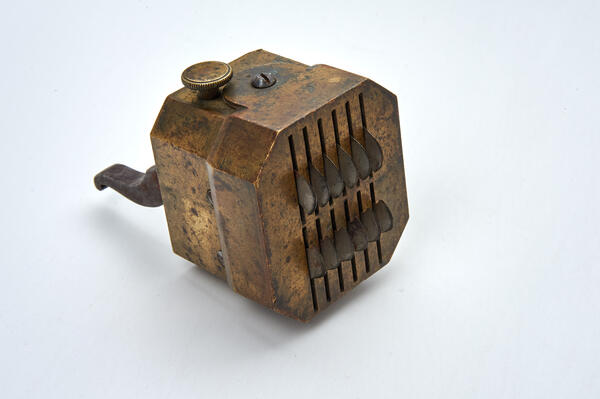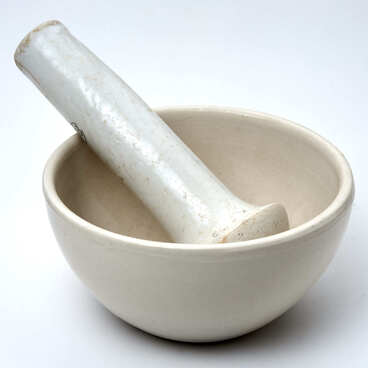The word ‘scarifier’ comes from the Latin ‘scarificatum’ — ‘to scratch’, ‘to cut’. This tool was used to make an incision in the skin during a popular method of treatment in the 19th century — bloodletting or phlebotomy. After exposure to the scarifier, hot glass jars were applied to the wounds: they created a vacuum and helped to extract more blood. Also, a vaccine could be rubbed into the resulting incisions, for example, against smallpox — a dangerous disease common in the 18th–19th centuries.
Until the middle of the 19th century, the concept that the state of four humors (liquids) regulated human health was popular among doctors: blood, lymph, body-gall, and black bile. Poor health could be caused by ‘bad blood’ stagnant in the body, and after bloodletting, the process of hematopoiesis would start and the person would allegedly be cured even of the most serious diseases. The procedure could be carried out both by doctors and by barbers. Previously, a lancet was used for this — a twisted or pointed blade with a handle. Usually, lancets were stored in expensive cases made of ivory or turtle shell. The medical journal The Lancet, which remains one of the most authoritative world publications even today, is named after this instrument.
Bloodletting was a rather risky procedure. Presumably, the victim of such treatment could have been US President George Washington in the 18th century. He was treated for angina, and in one day two liters of blood were drawn from him, after which he died. Not only blood loss but also infection could be the reason for a patient’s death: the theory of the influence of microorganisms on the development of infection was recognized by doctors only at the end of the 19th century.
In modern medicine, this method of treatment is practically not used, since its effectiveness has not been proven. But it is still used in Muslim countries and some republics of Russia, where the procedure is called ‘hijama’. Often bloodletting is done at home by people who are not in the medical profession, they advertise their services on social networks. The authorities even warn about this: ‘Bloodletting (hijama) is presented as a panacea for diseases, purification that a believer should undergo, although all this does not correspond to reality.’
The scarifier presented in the exhibition is a brass box with a built-in mechanism. Such devices began to be used in the 19th century.



